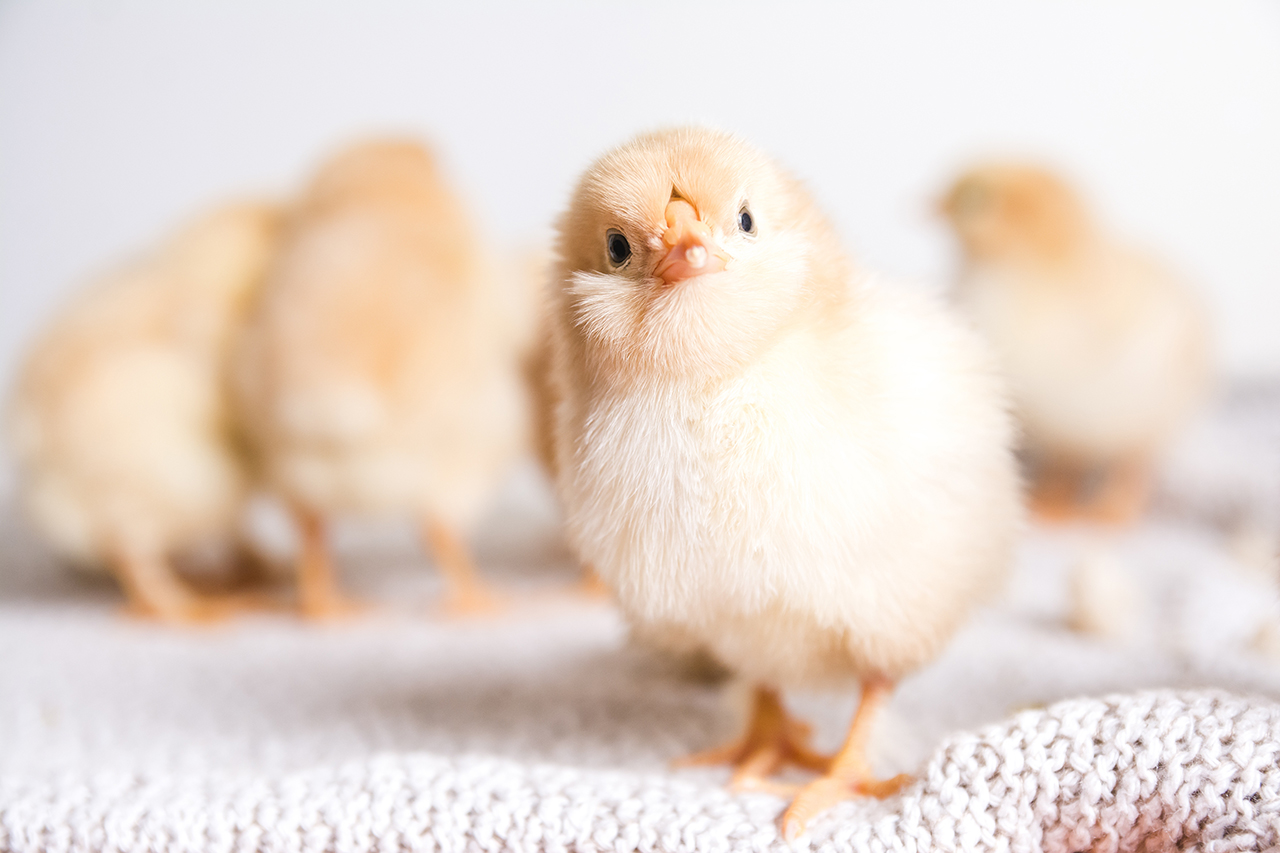Avian influenza, commonly known as bird flu, is primarily caused by influenza A viruses, particularly the H5 and H7 subtypes. These viruses mainly infect birds, especially wild waterfowl. The disease may spread to domestic poultry and, in rare cases, to humans. Transmission occurs through direct contact with infected birds, their feces or contaminated environments. According to the World Health Organization (WHO), since 2003, there have been over 800 confirmed human cases of H5N1, with a mortality rate exceeding 50% among those infected, highlighting the potential threat to public health.
The impact of avian influenza is severe, affecting not only animal health but also economic stability. Outbreaks lead to mass culling of infected flocks, resulting in substantial losses for poultry farmers and disruptions in the food supply chain. Furthermore, the fear of human infection diminishes consumer confidence in poultry products, further exacerbating economic challenges.
To mitigate the risks associated with avian influenza, several preventive measures are essential. Key strategies include:
Biosecurity Practices: Strengthening biosecurity on farms by limiting access to poultry areas and implementing stringent sanitation protocols.
Monitoring and Surveillance: Conducting regular monitoring of bird populations to enable early detection of outbreaks.
Vaccination: Injecting vaccines to poultry against specific strains of the virus to reduce transmission.
Public Awareness: Educating the public on avoiding contact with sick or dead birds and ensuring proper cooking of poultry products.
In summary, avian influenza poses a significant threat to both animal and human health, with its origins rooted in wild bird populations. Understanding its transmission pathways and implementing robust preventive measures are crucial for managing outbreaks. As the global situation evolves, ongoing vigilance and proactive strategies will be essential for safeguarding public health and preventing future infections.
